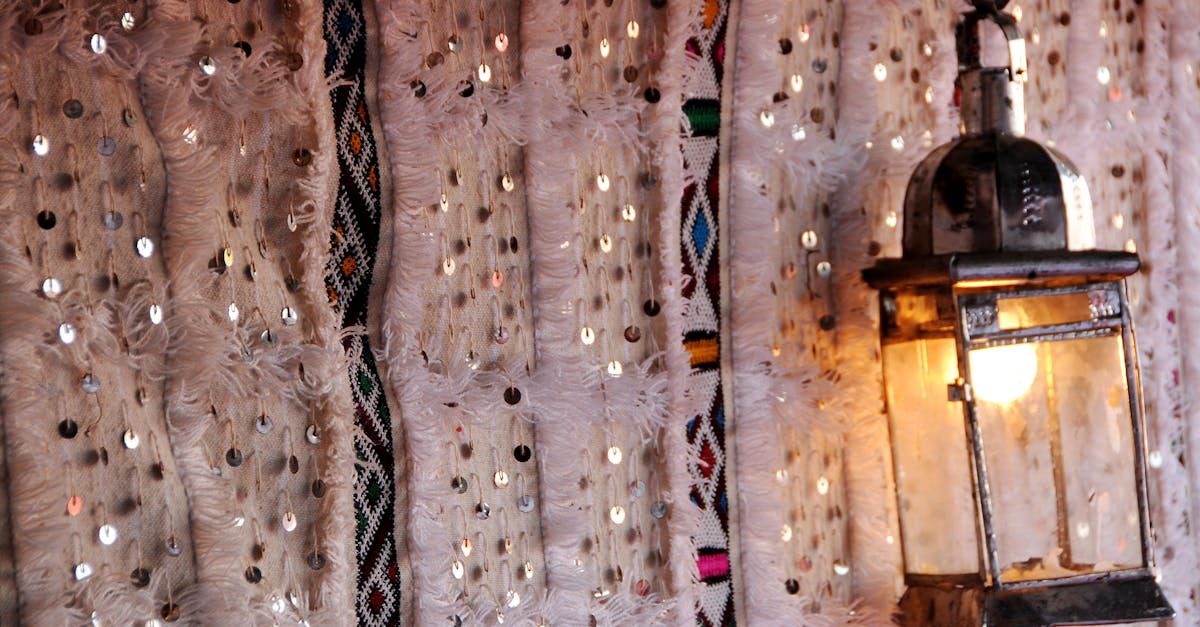
Table Of Contents
Temperature Regulation
Silk pillowcases are often praised for their luxurious feel, but they can present challenges regarding temperature regulation. The natural fibers of silk are known for their breathability; however, they can retain heat during warmer months. This feature may lead to discomfort for individuals who tend to feel excessively warm while sleeping.
On cooler nights, the insulating properties of silk can be advantageous. The material helps maintain warmth, which can be appealing for those who struggle to stay warm during colder seasons. Despite this benefit, the inability to adapt well in varying temperatures may leave some users dissatisfied throughout the year.
Warmth in Hot Weather
Silk pillowcases have a naturally luxurious feel that many enjoy, but they can trap heat, making them less than ideal during hot summer nights. The inherent properties of silk tend to retain warmth, which can lead to discomfort for those who prefer a cooler sleeping environment. For individuals who sweat easily or live in hotter climates, a silk pillowcase may exacerbate feelings of warmth and hinder restful sleep.
Alternatives such as cotton or linen are often recommended for warmer conditions. These materials are breathable and can help wick moisture away from the body, promoting a cooler and more comfortable sleep experience. However, the choice ultimately depends on personal preference and sleeping habits, as some might prioritize the softness of silk over the potential for overheating.
Color Fading
The rich hues of silk pillowcases can lose their vibrancy over time. Frequent contact with sunlight can cause colors to fade more rapidly than expected. This degradation can diminish the aesthetic appeal of the pillowcase, leading to a less luxurious appearance. Additionally, the use of harsh detergents or inappropriate washing methods can contribute to the fading process, making maintenance a critical factor for longevity.
Natural fibers like silk are particularly susceptible to color alteration from environmental elements. Washing at high temperatures or exposure to chlorine can accelerate fading, impacting the overall look of the bedding. Careful attention during laundering and storage can help minimize these effects. Choosing colorfast dyes during the manufacturing process can also enhance the lifespan of silk colors, helping them retain their original beauty longer.
Effects of Sunlight and Washing
Silk pillowcases, while luxurious, can face challenges regarding their longevity when exposed to sunlight. Direct sun exposure can lead to significant fading of the vibrant colors typically associated with silk. Over time, the intensity of the dyes used may diminish, leaving the pillowcase looking dull and lackluster. Maintaining the original beauty of the fabric requires careful management of its environment to minimize sun exposure.
Washing practices also play a role in the durability of silk pillowcases. Frequent washing can cause the fibers to break down, especially if harsh detergents or high-temperature settings are used. Gentle, cold washing methods are recommended to help preserve the quality of the silk. Even with careful washing, some fading can still occur, impacting its overall appearance and potentially diminishing its elegance over time.
Availability of Sizes
Silk pillowcases are not always available in a wide range of sizes. Many brands focus on standard pillow dimensions, leaving customers with limited options for specialty or non-standard pillows. This can be frustrating for those who own larger or uniquely shaped pillows. The mismatch in sizing can lead to discomfort or ineffective use of the luxurious fabric.
Additionally, some retailers may not stock silk pillowcases in every size, making it challenging for consumers to find the right fit. Customers might have to settle for less-than-ideal sizes, which can compromise the silky experience they seek. This lack of availability can deter individuals from investing in silk pillowcases altogether, influencing their choice toward more commonly available materials.
Limited Options for Standard Pillows
Silk pillowcases have gained immense popularity for their luxurious feel and skincare benefits. However, one of the challenges is their availability in sizes that cater to standard pillows. Many consumers find that options can be limited when it comes to finding the right fit for traditional pillow dimensions, which may not suit everyone’s bedding preferences.
This scarcity extends beyond just the dimensions. A lack of variety in designs and patterns can further restrict choices for those looking to match their pillowcases with established bedding aesthetics. As a result, individuals may need to compromise on their style preferences or opt for custom solutions, which can often be less convenient and more expensive.
FAQS
What are the temperature regulation issues with silk pillowcases?
Silk pillowcases can retain warmth, which might make them uncomfortable for some users in hot weather as they do not wick away moisture as effectively as other materials.
Do silk pillowcases fade in color?
Yes, silk pillowcases can fade over time, especially when exposed to direct sunlight or frequent washing, which can diminish their vibrant colors.
Are there size limitations when purchasing silk pillowcases?
Yes, silk pillowcases may have limited options, particularly for standard pillow sizes, which can make it difficult to find the right fit for your pillows.
How can I prevent my silk pillowcase from fading?
To minimize fading, it is advisable to wash silk pillowcases in cool water, use a gentle detergent, and avoid exposing them to direct sunlight for extended periods.
Are there specific care instructions for maintaining silk pillowcases?
Yes, silk pillowcases should be hand washed or machine washed on a gentle cycle with cold water, and it's best to air dry them to preserve their quality and color.